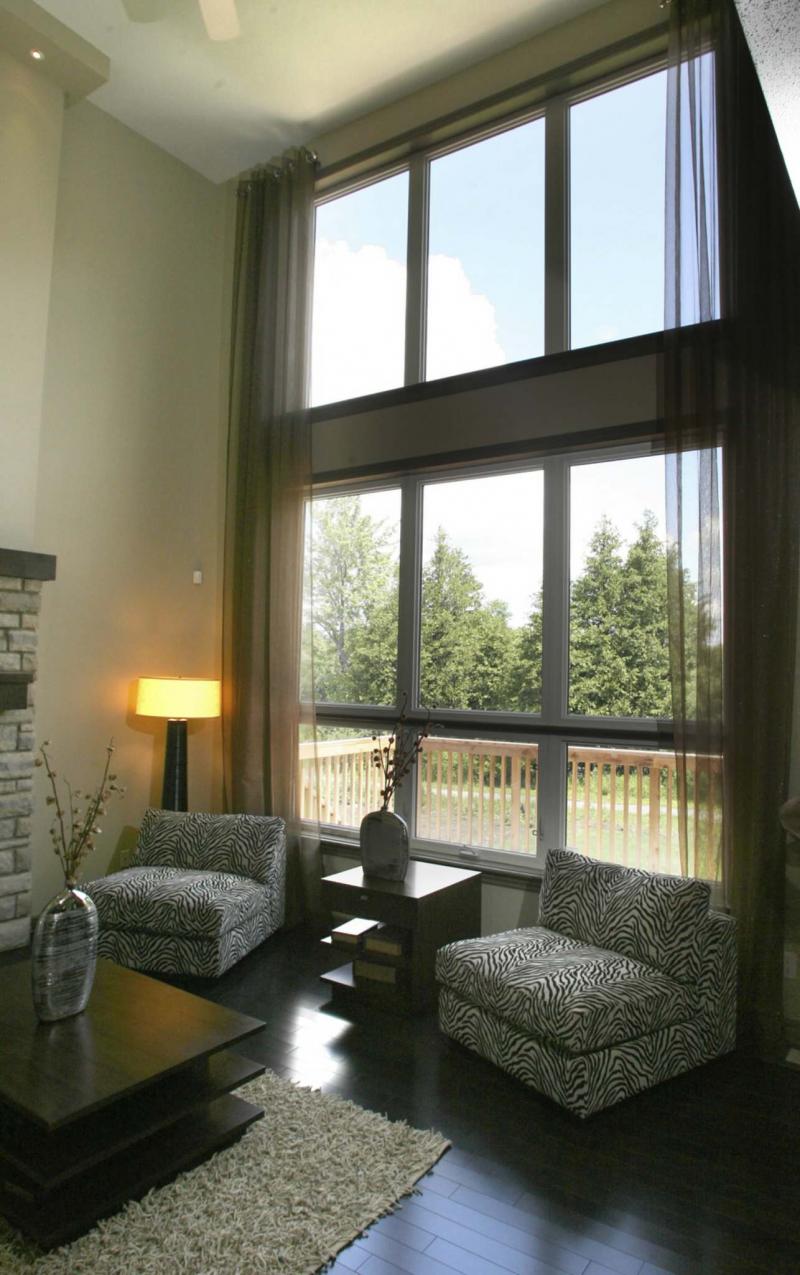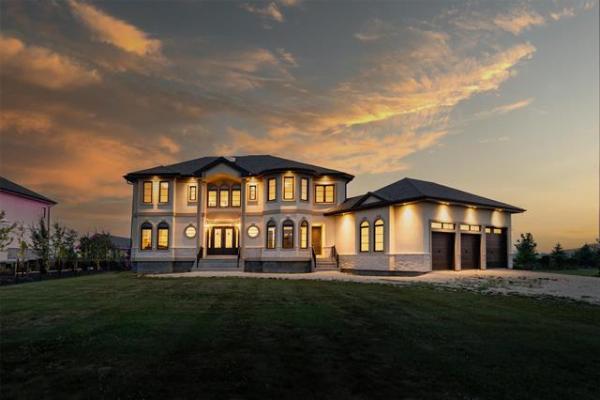
PAT McGRATH / OTTAWA CITIZEN FILES
Pleated cellular shades and curtain panels with interlinings harness the warmth of the sun and are a great way to keep your home warm in the winter.

The Associated Press Files
Seal gaps in windows with weather stripping to prevent warm air from leaking out of your house.
Every year, you tell yourself things will be different. You’ll actually start winterizing your home ahead of time. But you procrastinate and end up curling up in a fleece blanket once again when the thermometer dips. Now is the time to look around your home, determine the spots where it may be vulnerable and take steps to fix them before the first cold snap.
Here’s how you can make your home comfortable and more efficient this winter — and save a little bit of money.
Sealing drafts
If you added up all the air leaks, holes and gaps in a typical home’s envelope, it would be the same as having a window open every day of the year, according to EnergyStar.gov, the U.S. Environmental Protection Agency’s website. Cold air can sneak into your house through a variety of energy-hogging openings, including doors, windows, attic hatches, fireplace dampers, ceiling-to-wall joints, gaps around light fixtures, pipes leading outside and electrical outlets on exterior walls.
Sealing drafts and adding insulation are key to improving the comfort of your home and reducing your energy bill.
"If you have drafty windows and doors, and you seal those drafts, you can increase the energy efficiency of those openings by up to 70 per cent, saving you real dollars on what it costs you to heat your home. You’ll be more comfortable, too," says Lou Manfredini, Ace Hardware’s home expert.
A small investment of about $50 to $60 in products can go a long way in improving your home’s energy efficiency.
"Clay caulking rope is inexpensive and can be stuck in the gaps where window sashes meet the frame and can be removed in the spring without damaging the finish," Manfredini says. "Removable caulking like Zip-A-Way is the modern version of this and can be applied and peeled away as well."
Weather seals on doors can deteriorate over time. Seal gaps with weather stripping and install door sweeps along the bottom of exterior doors.
Check under sinks and in the basement for gaps around pipes. Fill them with an insulating foam sealant. Installing foam seals around electrical outlets and switch plates is a quick and inexpensive way to block cold air, as long as you take the proper safety precautions.
Poorly insulated attics are a major source of heat loss. When heat escapes from the top of your home, it never makes it to the rooms that need it.
According to EnergyStar.gov, your home might benefit from attic air sealing and insulation if it experiences any of these problems in the winter: drafty rooms, uneven temperature between rooms, high heating bills, dust, dry indoor air and ice dams, which form when water from melting snow freezes at the edge of your roofline. The water can back up under shingles and leak into your home.
"There are a lot of reasons that ice dams can occur," Manfredini says. "Mother Nature is a huge cause, but lack of insulation in the attic, poor ventilation and roof orientation, typically the north side of the roof, will contribute to ice damming. Most of these factors can be addressed. For example, adding more insulation to an attic space will have a positive effect."
Windows
If new windows are not an option, make existing windows more efficient with window treatments that block heat loss. Pleated cellular shades and curtain panels with interlinings harness the warmth of the sun. Look for insulating shades that feature several layers of fibre batting and sealed edges.
Shades should be mounted close to the glass to establish a sealed airspace. For greater efficiency, open south-facing shades and drapes on sunny days and close them after dusk.
Shrink-to-fit plastic wrap is an easy and effective option for reducing air leakage or infiltration.
"Plastic window kits, while not the most attractive, do an excellent job of sealing out drafts at windows and even patio doors," Manfredini says.
Chimney
Make sure the chimney is clean and in good repair before you fire up the wood logs. Jordan Whitt, spokesman for the Chimney Safety Institute of America (CSIA), says homeowners should have chimneys regularly checked and cleaned by a chimney sweep certified by CSIA to reduce the risk of chimney fires. An annual inspection can identify any potential hazards inside the flue such as cracks, creosote buildup or venting problems.
Energy audit
An energy audit can pinpoint trouble spots. Many power companies offer a free home energy assessment to give homeowners ideas on how to save money. A fee-based, professional audit goes into a more in-depth analysis of your home’s energy use.
— The Washington Post



